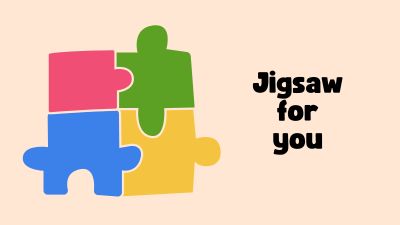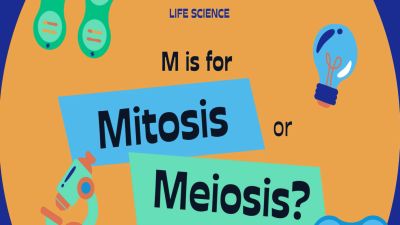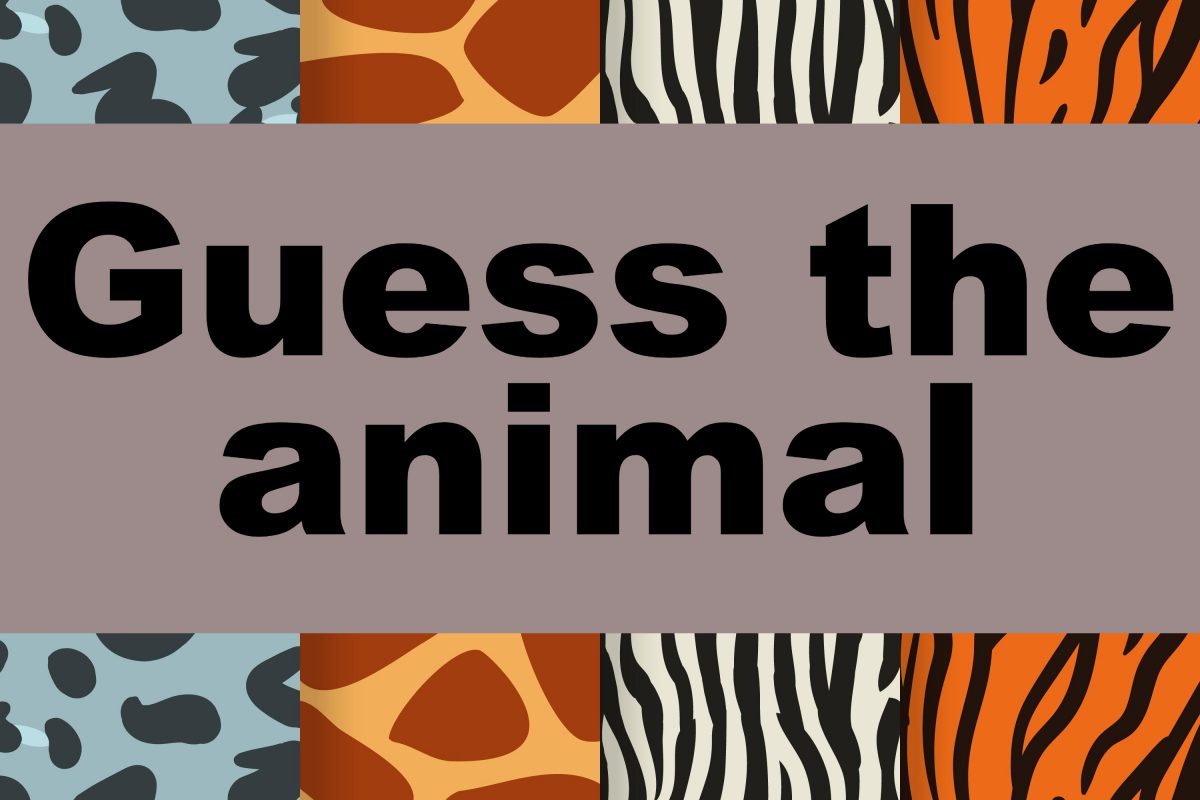Indulging in a craft is not only enjoyable but also beneficial. Can you guess the names of these hobbies?

A hobby in art and craft not only keeps you occupied but it also helps in developing problem solving skills, improves your mental health, makes it easier to work as a team, and hones your communication skills. Additionally, it provides a fun and creative learning environment.
Can you name the craft using the clues given?
A hobby is not only for time pass but also helps you develop your personality and skills. This activity is all about different hobbies.

We’ve all been told that we should develop a hobby, right? Having another interest apart from one’s studies or work has a host of benefits: it helps you develop your personality, learn new skills, make new friends and also relax and reduce stress.
The game below has a list of various kinds of hobbies: both indoors and outdoors. Can you find all the words in the grid? While you’re at it, you might find ideas for your next hobby!
This bookshelf is packed with books! Can you put the pieces together and complete the image?

Reading brings a special kind of joy, letting us explore new worlds and meet fascinating characters. A bookshelf full of books is like a treasure chest of adventures waiting to be discovered. Each book offers a new story, teaching us and making us smile, reminding us of the magic that comes with every turn of a page.
If you are a bookworm, you probably have a bookshelf at home where you stack and store all your favourite titles. Puzzle for you! The bookshelf in the photograph below is packed with books. But the picture is in pieces. Can you put it together? Click on ‘Start Game’ and get going.
From camouflaging chameleons to resilient desert dwellers, discover some strategies that enable survival in the wild.


What are mitosis and meiosis? How are the two different? This video gives you a quick explanation.


Do you want to try your hand at gardening? Check out these tips to help you get started.

Gardening is a fun and exciting way for you to connect with nature and learn about plants. Whether you have a backyard or just a small space, starting a garden can be easy and rewarding. Here are some simple tips to help you grow your very own plants. Get ready to dig in and watch your garden come to life.
Scroll through the below slides.
Images: Canva
Presenting some of the most famous landmarks in the world, but from rare and unusual angles. Take a look now.

Take a glimpse at some of the world’s most famous landmarks from unusual angles that go beyond the postcard. In each image, move the slider from right to left to reveal the angle that we are all probably used to seeing.
Towering jewel
The Eiffel Tower is an iconic part of the skyline of Paris, France. A walk underneath the structure gives you a glimpse of some of the 18,000 iron pieces that went into building it.
Beacon of dreams
The iconic Hollywood sign located in the Santa Monica Mountains, the U.S., represents ambition and stardom. When seen from behind, the 45-feet-tall letters overlook the gleaming city of Los Angeles.
Tall and tilted
The Leaning Tower of Pisa in Italy is one of the world’s most famous towers. Did you know that you can climb the stairs and go all the way to the top? This is a photograph from one of its balconies.
Symbol of welcome
With flowing robes, crown and torch, the Statue of Liberty in New York City, the U.S., is an enduring symbol of freedom. This aerial view shows Lady Liberty on her pedestal in Liberty Island against the backdrop of the Manhattan skyline.
Mighty rampart
The Great Wall of China is the longest man-made structure ever built. The sight of the serpetine wall stretching over mountains is a familiar one, but did you know that the structure meets the sea? The location where the wall meets the Bohai Sea is nicknamed ‘Old Dragon’s Head’.
Timeless beauty
The front view is what you are likely to see when you visit the splendid Taj Mahal, but this view from the nearby Agra Fort is possibly what Mughal Emperor Shah Jahan got when he spent his last days imprisoned there.
Keepers of secrets
The Pyramids of Giza in Egypt are steeped in history, but one hardly imagines a sight where modern buildings meets the ancient structures. From this angle, the Giza Plateau overlooks the sprawling city.
Photos: Getty Images/iStockphoto, Wikimedia Commons, Pixabay
An end-of-the-week quiz to keep your grey cells active over the weekend. Check it out now.

Check out this set of six questions. How many do you know the answer to?
What does June’s night sky have in store for star gazers? Here are the details.

A celestial feast awaits stargazers in June. Check out the details below and mark your calendar so that you don’t miss any of the events.
Which animal’s skin or fur is shown in the image? Use the clue to identify it. Get started now.

Many animals have patterns on their skin or fur to help them camouflage themselves either from predator or prey. This activity gives you a close-up of the skin/fur pattern. Can you use that and identify the animal?









